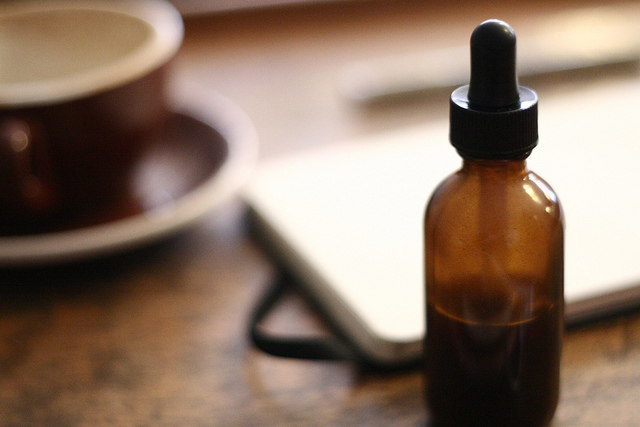
Botanical Medicines: 3 Essentials for Your Natural Pharmacy
Traditional botanical medicine is based on the use of plants and/or their extracts. It is also referred to as herbalism, medical herbology, phytotherapy, and herbal medicine.
Probably the most well – known herbal medicine is echinacea. The first writings of echinacea were in the late 1800s and commonly used in the Native American population to treat anything from sore throats to coughs to toothaches. Below are three less commonly known; however, essentials for every natural pharmacy.
1. Licorice – Glycirriza glabra soothes the digestive system, nourishes the adrenal glands, and strengthens the immune system.
History
Many people think of licorice as a candy; however, its therapeutic herbal usage dates back to 2000 BC. In fact, Theophrastos of Lesbos wrote in the fourth century BC, “it has the property of quenching thirst if held in the mouth.”
The Greek physician, Dioscorides, gave licorice its scientific name Glycirriza glabra ( Greek glukos=sweet, riza =root) due to the sweetness of the root. Licorice has been used for both culinary and medicinal purposes.
How to take…
Place half a teaspoon of licorice glycerite in water. It is an ideal preventative to any illness due to its antimicrobial effects.
*if you have high blood pressure, heart failure, kidney disease or liver ailments, licorice is something you should not take at all.
2. Elderberry – Sambucus spp has long been used to treat the early stages of coughs, colds and flu.
History
Elderberries have been a folk remedy for centuries in North America and Europe to improve vision and to boost the immune system for coughs, colds and flus. The therapeutic properties of elderberries are mostly due to the carotenoids, flavonoids, vitaman A, B and C.
How to take…
Make an elderberry juice (or popsicle) by mixing elderberry syrup and water. Elderberry has a sweet taste that most people enjoy.
3. Calendula– Calendula offininalis is the number one skin herb. Calendula, as a succus or salve, is known for its skin care properties and is widely used in healing wounds, burns, boils and rashes.
History
Calendula is native to Southern Europe but presently grows in temperate regions around the world. Calendula is commonly referred to as the pot marigold and in the middle ages, marigolds symbolized jealousy and was referred to as the “poor man’s saffron”.
In medieval times, the whole flower was used to garnish prepared meals. This tradition stills carries on today with fresh brightly colored marigold flowers scattered over salad dishes.
How to take…
Purchase a herbal salve with Calendula or a Calendula succus and apply as directed onto rashes, cuts, and insect bites.
It is always best when sick, to visit your family doctor to rule out any serous illness.
Be well,
Heather Manley, ND
Image Credit: The Modern Herbal
0



